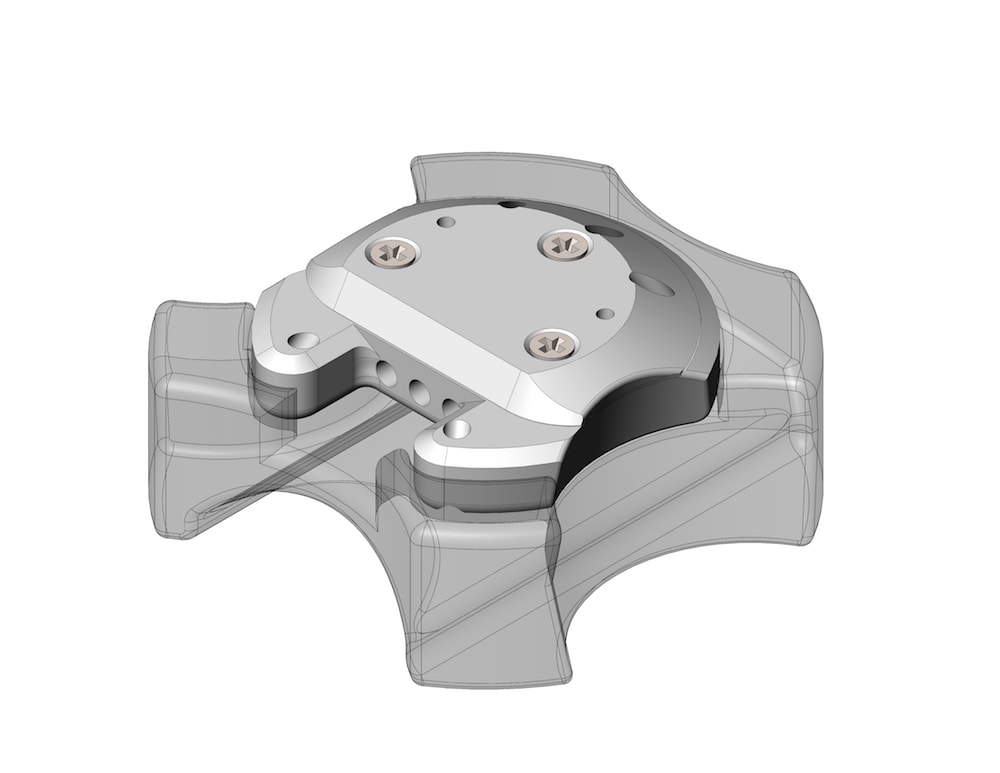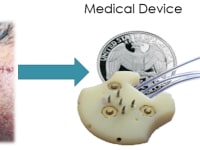Application / Market Need: Leech Therapy is a post-surgical treatment that uses biological leeches to reintroduce or improve circulation to localized regions of congested tissue that are at an elevated risk of necrosis. The most common need for leech therapy occurs from skin grafts for skin cancer and burn victims; totaling in around 35,660 skin cancer and burn victims per year in the USA only; and reattachment of amputated digits, accounting for around 300 per year. If this therapy is used, 70% - 80% of tissue flaps that otherwise would have failed, are salvaged.
Problem Statement: The problem with Leech Therapy is the leeches. Biological Leeches have a 12% infection rate, causing approximately a 40% drop in tissue salvage rate; remove an uncontrollable amount of blood from the patient, resulting in the need for an extra $4,000 of transfusion in 50% of patients; and tend to fall off and wander to everywhere you really don’t want a leech. While proven as effective, the downsides of leeches isolate their usage to last-resort cases.
Solution: Create a controllable medical device to replace biological leeches that will allow leech therapy to eliminate negative consequences that accommodate the archaic form of parasitic medicine, have improved clinical results, and gain favor among parties administering and receiving leech therapy.
The Mechanical Leech System will mimic a biological leech by injecting a small amount of anticoagulant while concurrently removing congested blood from the desired region. This will be accomplished with a needle housing and tubing attached to an external pump.
The manufacturing of the Mechanical Leech housing is created using either 3D printed parts, conventionally machined pieces, or injection molded components, depending on the production level required. The assembled housing is attached to any of several existing peristaltic or syringe pumps through tubing. The final product can be sanitized through standard processes (autoclave, Sterrad, gamma irradiation, etc.). Based on this, the estimated device manufacturing costs range from $100 - $200 per device depending on manufacturing method used. After the addition of the anticoagulant and overhead cost, the estimated total cost for leech therapy comes to $500. That is $3,500 less than the transfusion costs alone.
Additional Opportunities: The Mechanical Leech System is also a potential alternative treatment for cardiovascular diseases, arthritis, and more. CVD’s are the principal culprit of mortality, causing up to 30% of global deaths by the year 2008. Arthritis has been diagnosed in 22.7% of US adults between 2013 and 2015. These other opportunities give the Mechanical Leech exciting potential to grow beyond the current market of Leech Therapy.
Conclusion: The Mechanical Leech System fills the need of a market that is currently underutilized, non-optimized, and outdated. With the availability of a simple, cheap, and predictable medical leech, our device has the capability to not only replace leeches in their current use, but allow leech therapy to transform into an effective preventative care measure; improving patient care and dramatically reducing the risk of tissue necrosis.
Like this entry?
-
About the Entrant
- Name:Jessica Kuhlman
- Type of entry:teamTeam members:Jessica Kuhlman
Andy Thompson
Scott Ho - Patent status:patented





